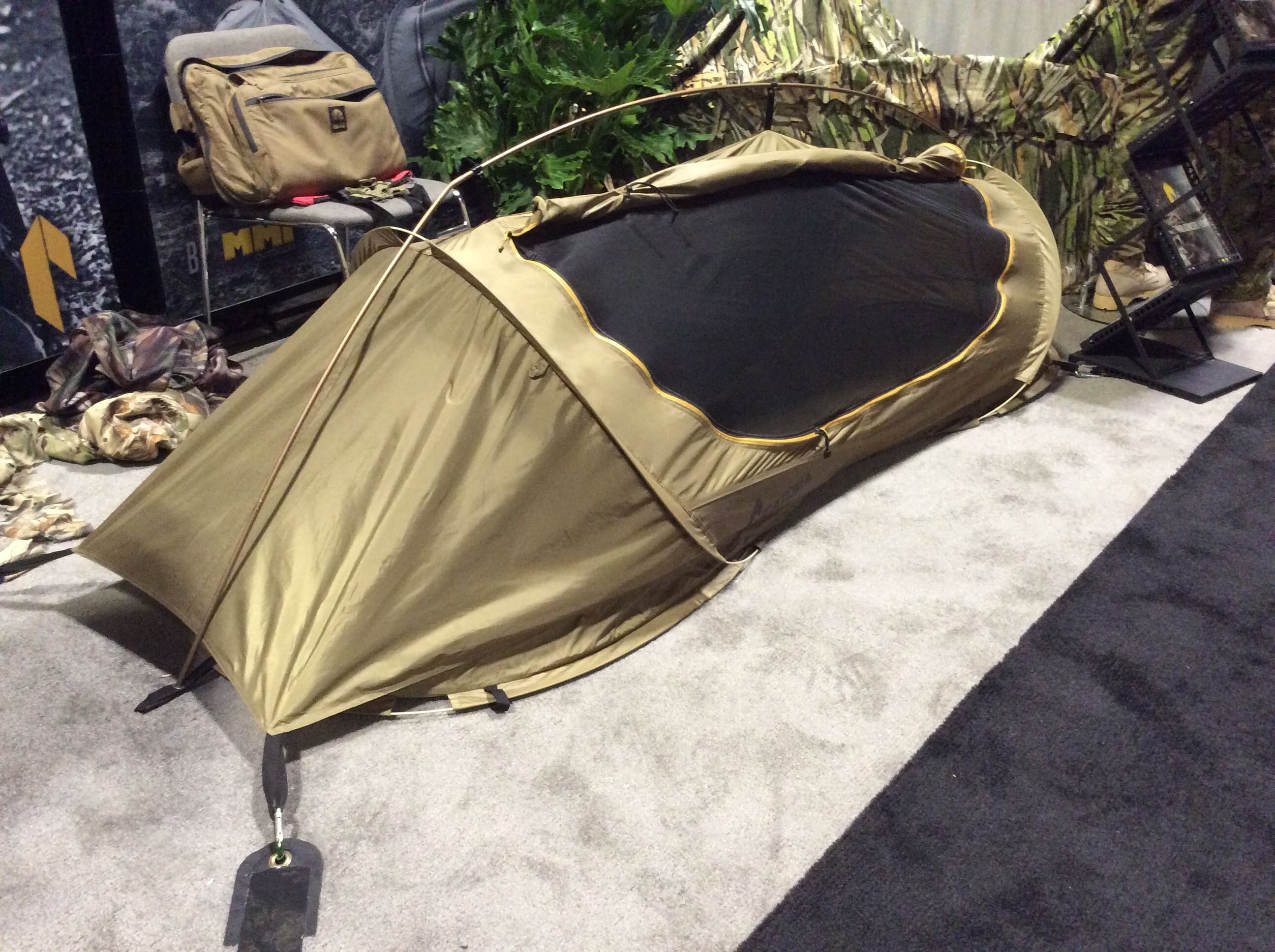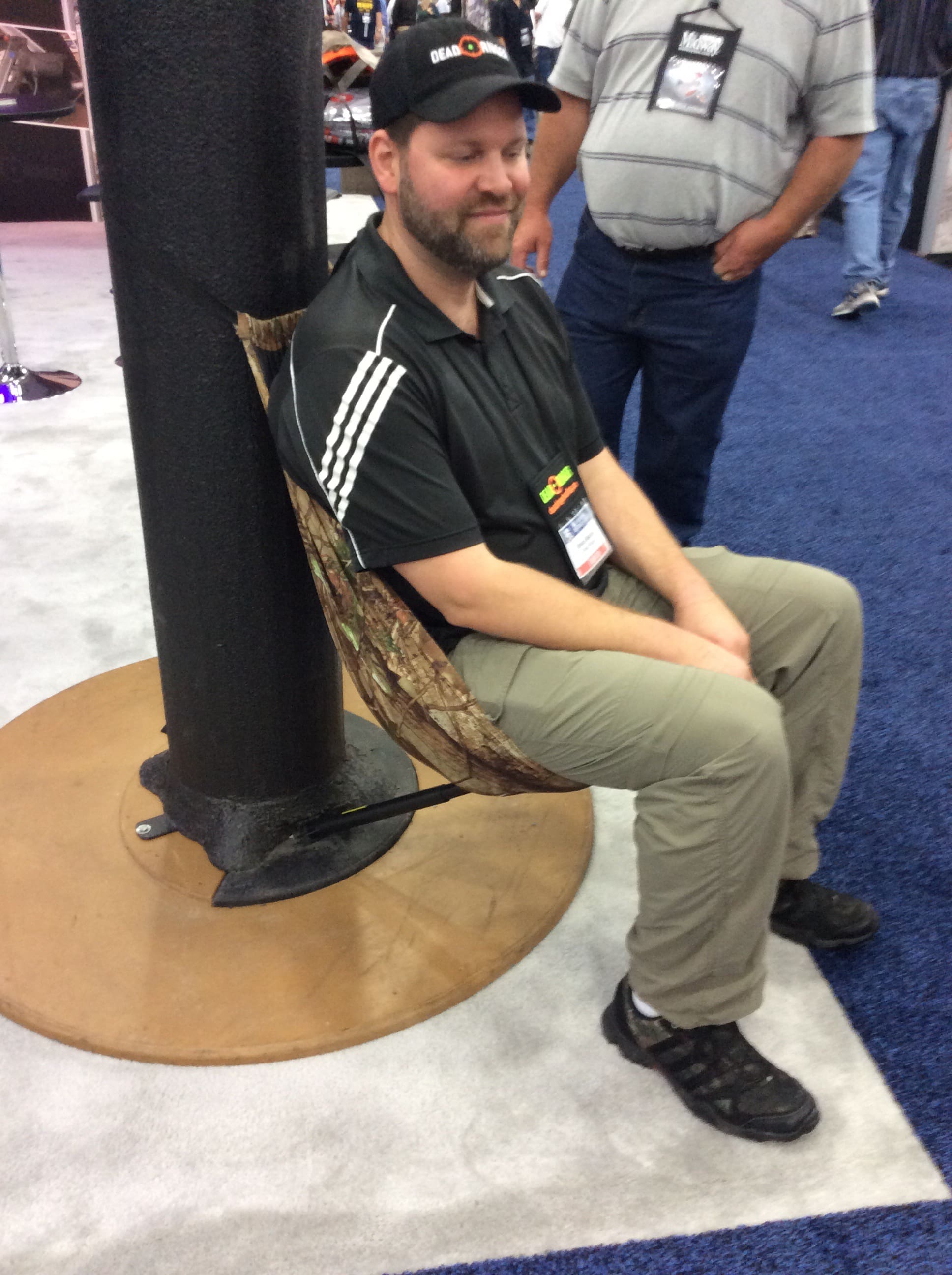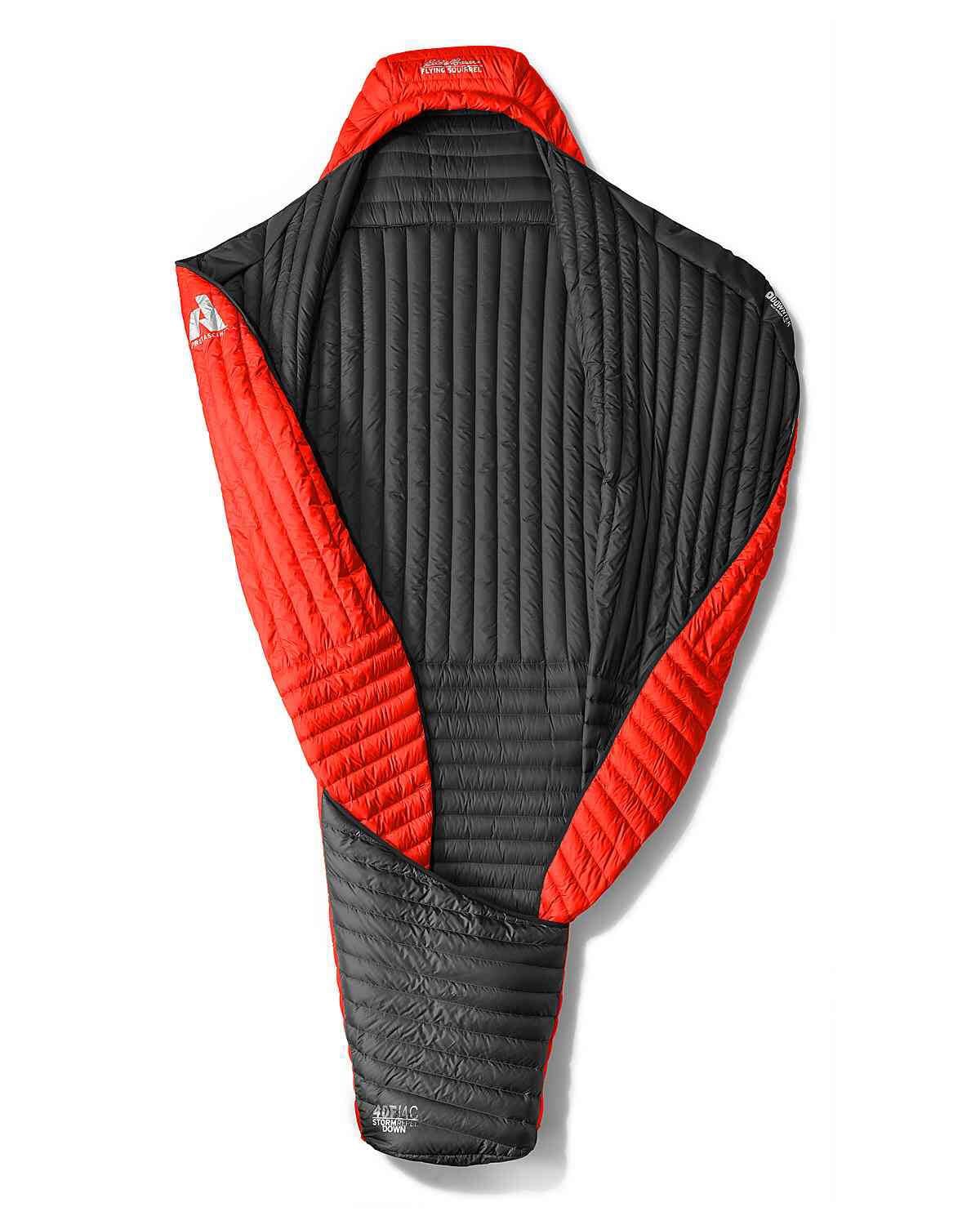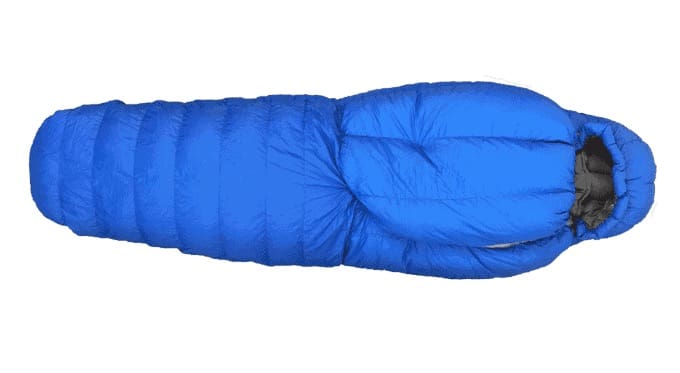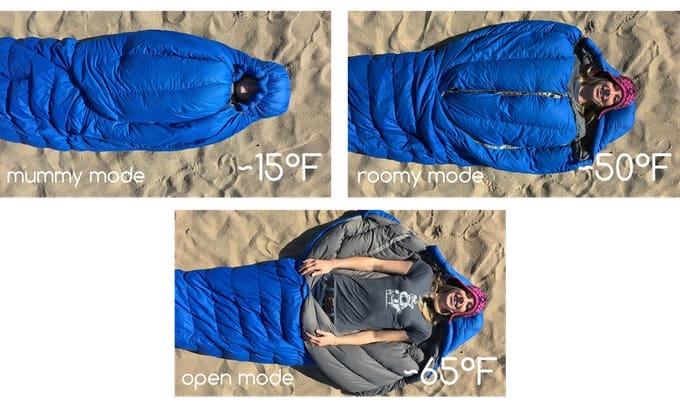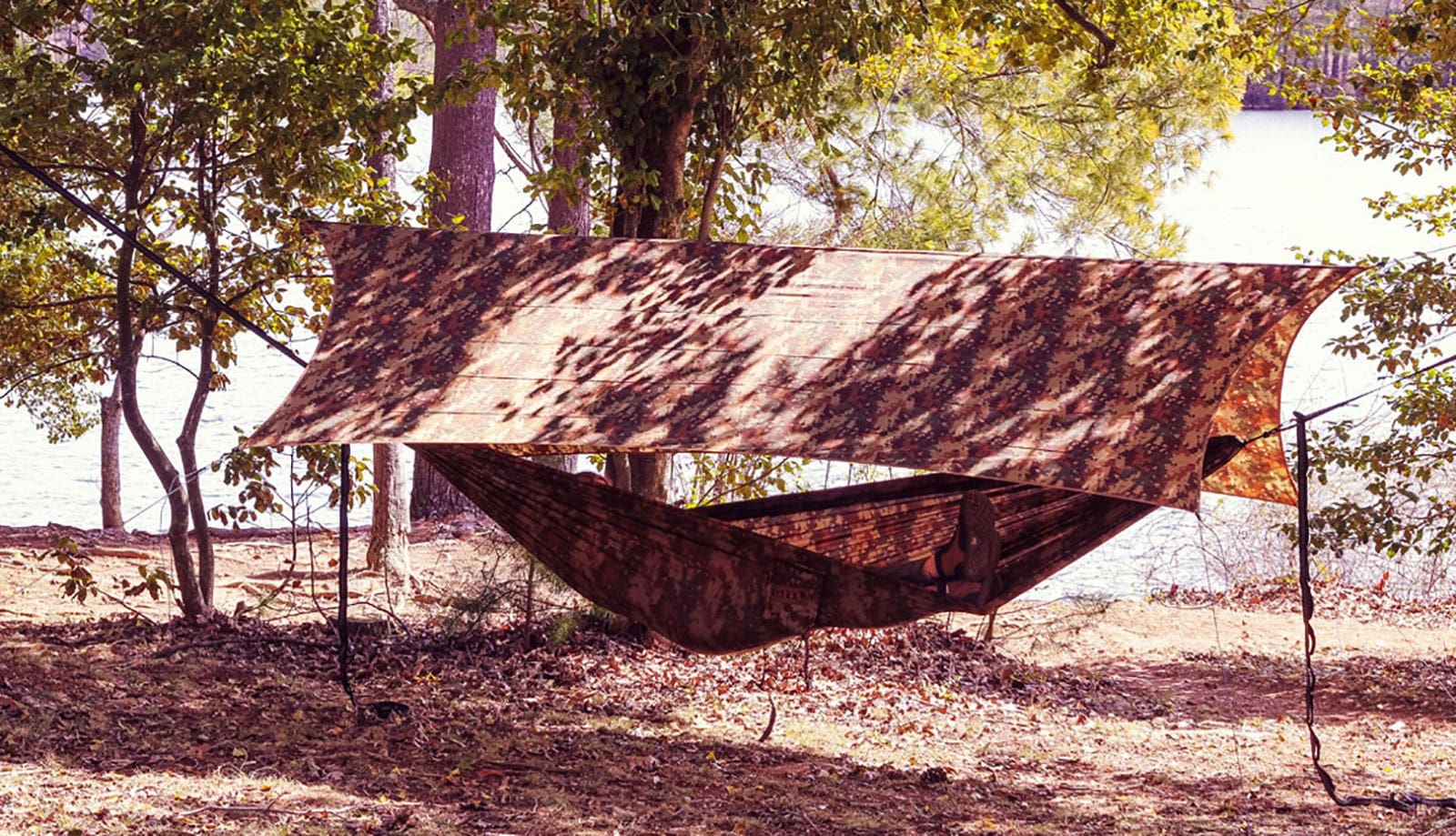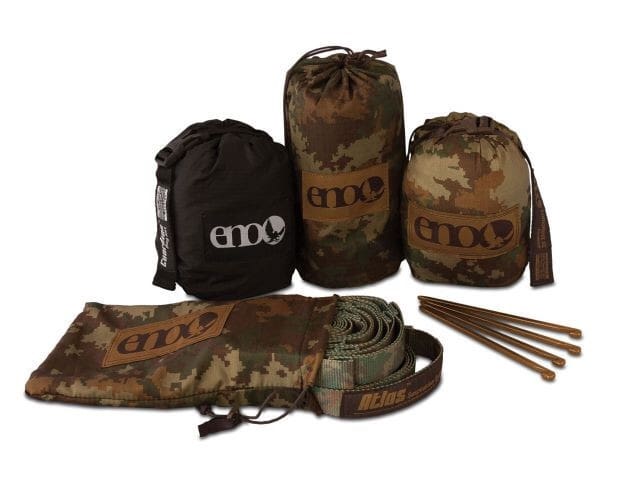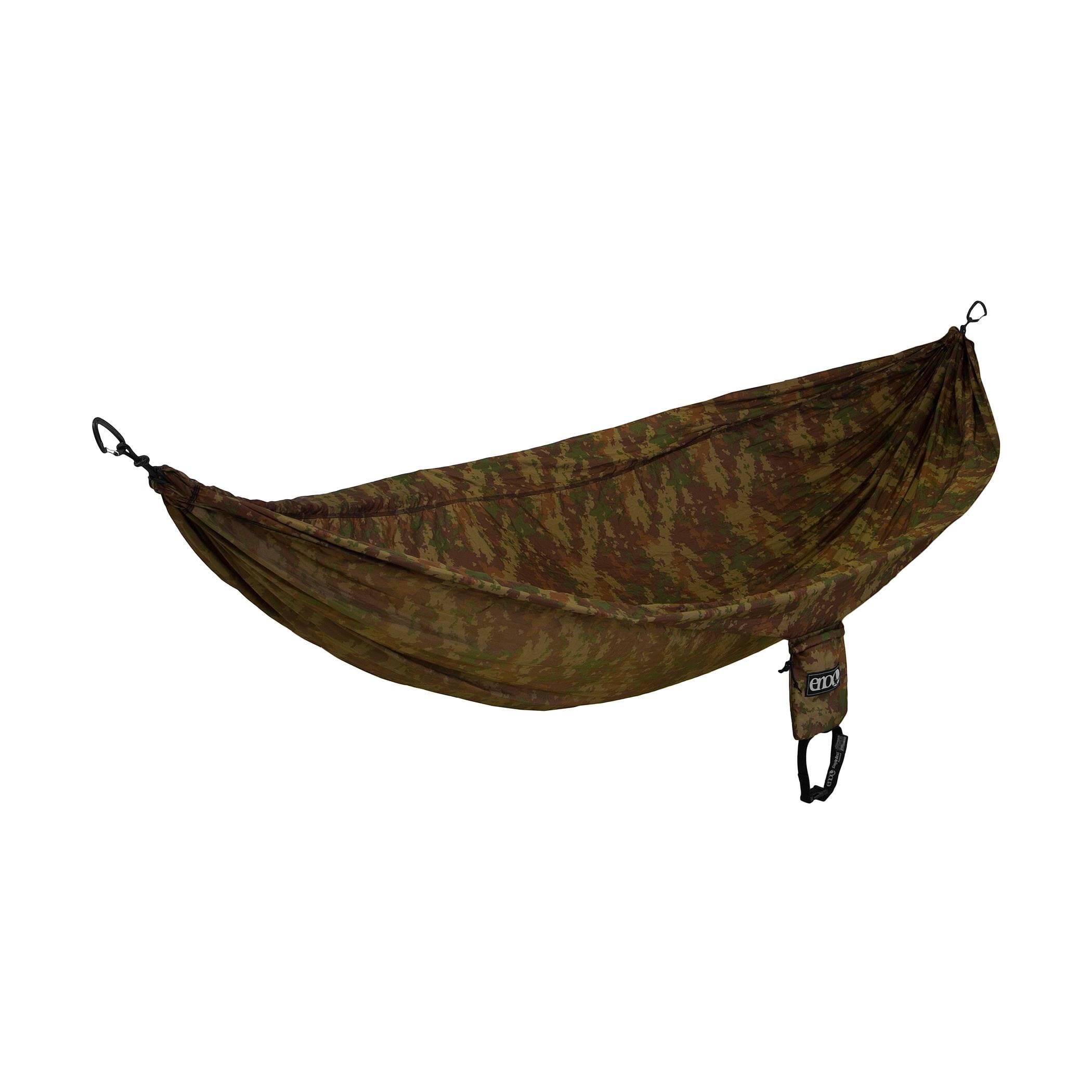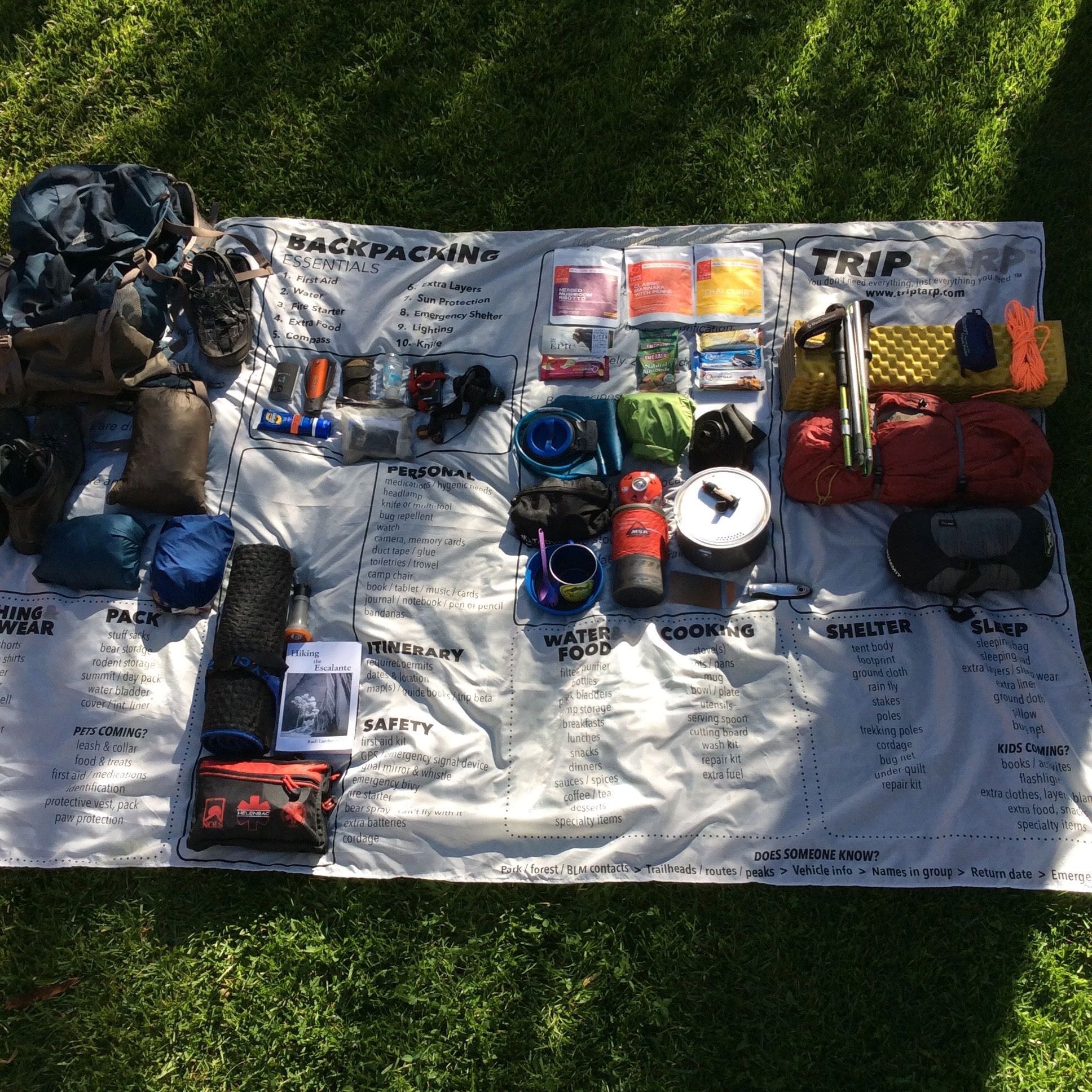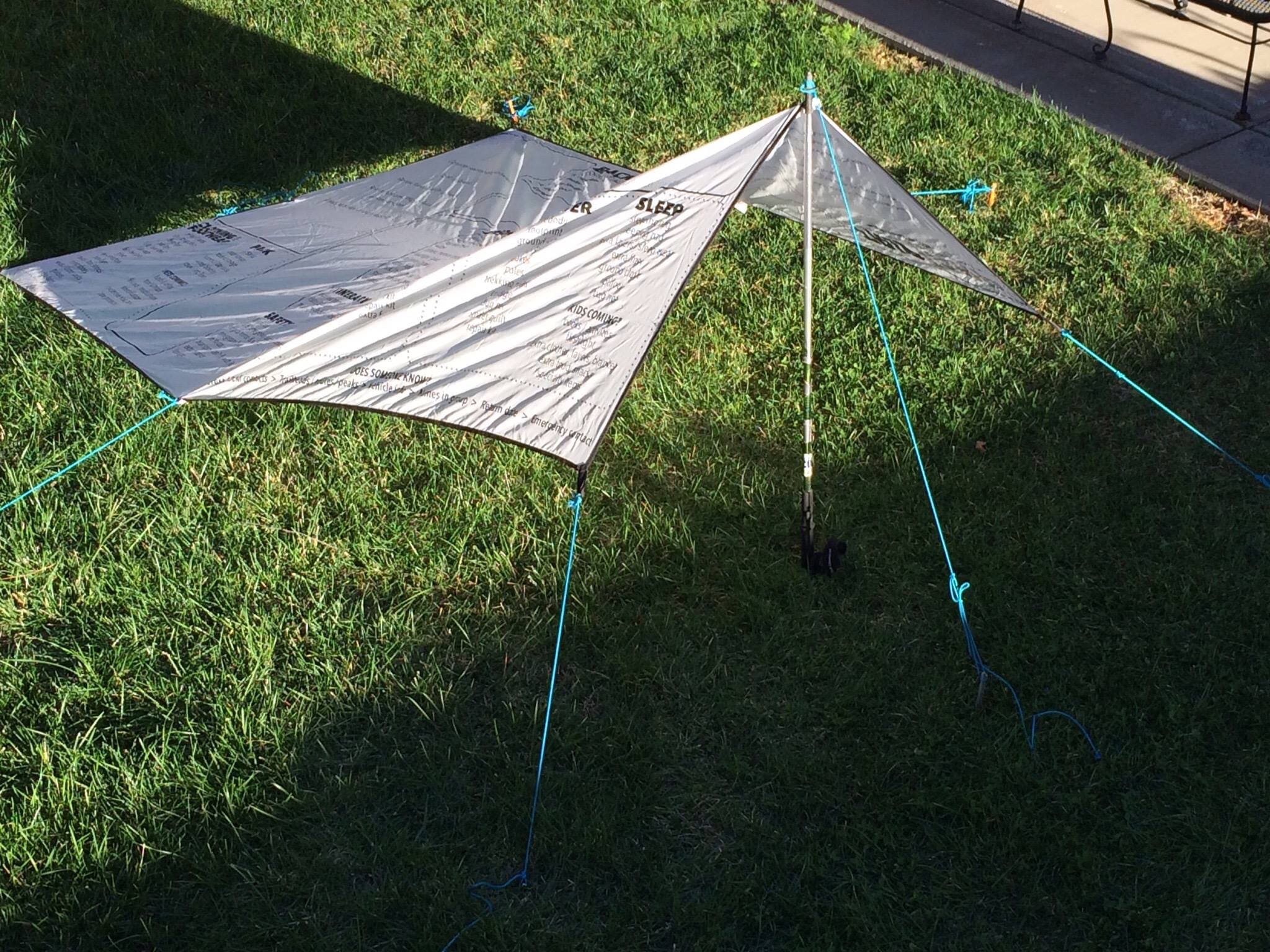During last week’s SOFIC Catoma exhibited their Badger Hybrid Shelter. It’s the latest addition to their Burrow family of personal shelters and it’s an interesting design combining an integrated frame system with an external pole so that it can be used indoors our out, on a cot or on the ground. Additionally, the Badger Hybrid offered lots of ventilation with zip closures to secure the 70D Ripstop nylon flaps over mesh panels. This construction means you don’t need a fly.
The Badger Hybrid is FR and Permethrin treated. Offered in Coyote or MultiCam, Made in USA or foreign assembly.


